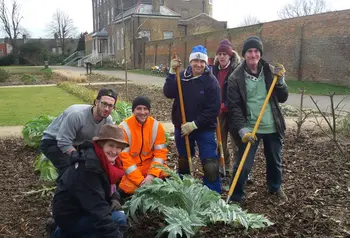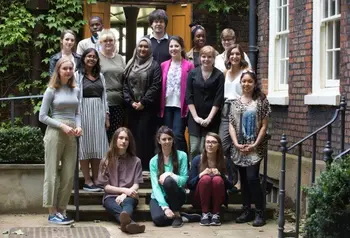Five ways museums can improve mental health and wellbeing
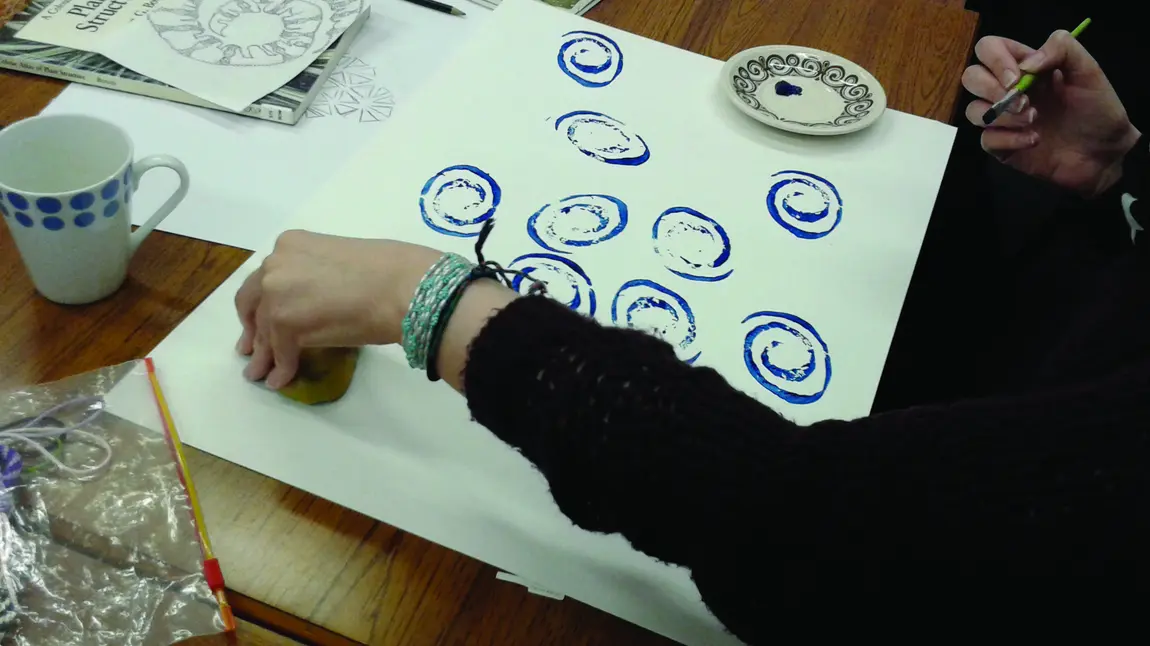
Page last updated: 5 July 2022
There is increasing evidence to show that taking part in creative activities helps to promote better mental health and wellbeing.
One shining example of this, which also shows how museums and mental health can go hand in hand, is Cambridgeshire charity’s Arts and Minds’ Arts on Prescription – Heritage for Health. The programme has been helping people experiencing depression and anxiety.
In partnership with the University of Cambridge Museums, individuals took part in weekly art classes led by a professional artist and supported by a counsellor, based around the museums’ collections. Afterwards they reported a marked improvement in their wellbeing and a decrease in depression and anxiety. They also felt more empowered to manage their own mental wellbeing.
Five ways towards wellbeing
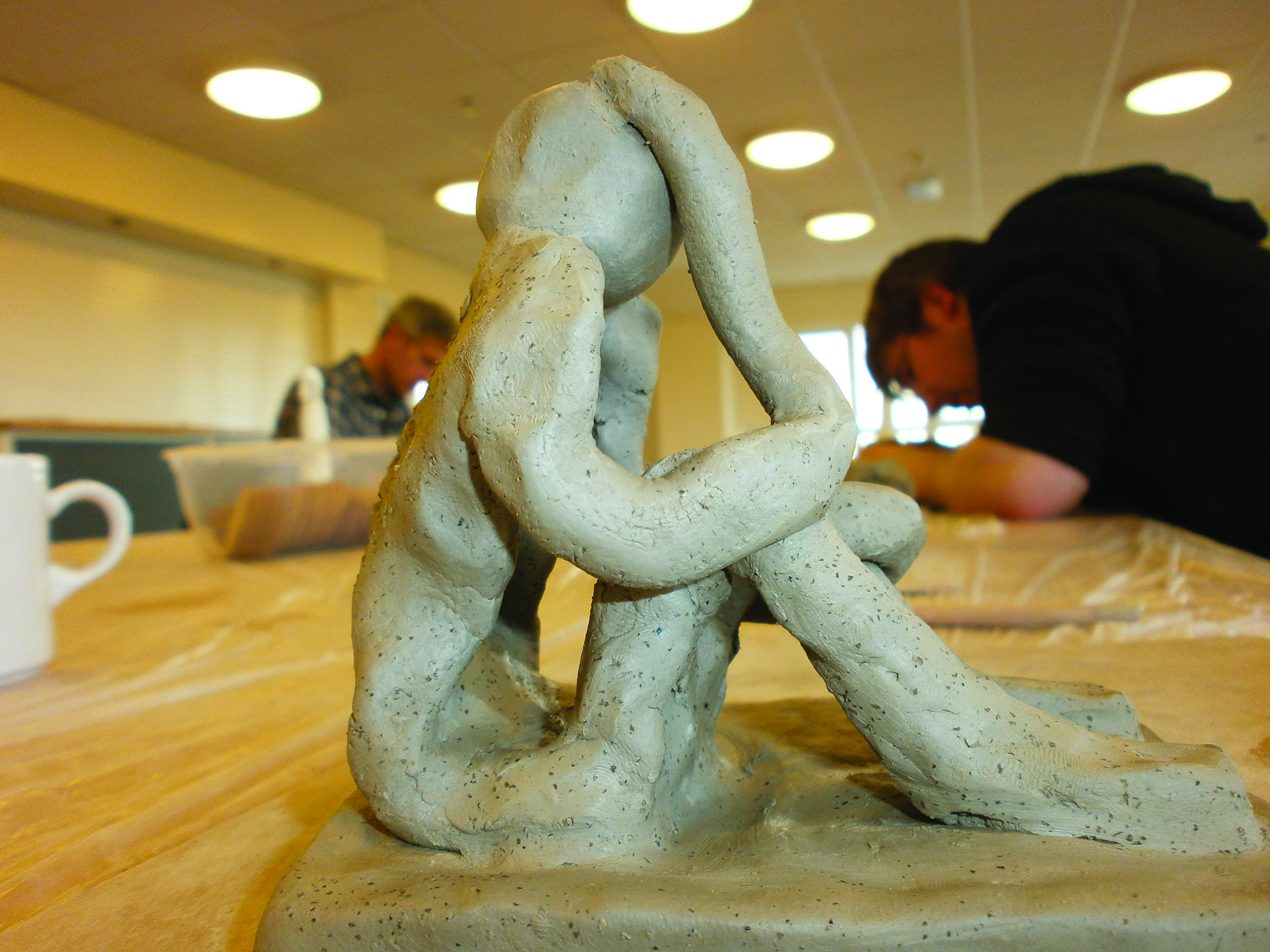
Director of Arts and Minds, Lucy Oliver-Harrison, told us more about Arts on Prescription. She explained how by using heritage they were able to meet the five ways of achieving wellbeing.
1. Connect
Joining with a group to work creatively in a new environment is a great way to take a break from life’s stresses and meet like-minded people. Many Arts on Prescription participants made new friends, who they continued to visit the museums with after the course finished.
2. Be active
Getting out of the house to take part in an activity on a regular basis can offer a sense of purpose which helps to lift our mood.
Some Arts on Prescription participants said that previously they never left the house except for doctor’s appointments.
They told us how helpful it was to have a reason to go out regularly and take part in a pleasurable activity. Groups also visited open air heritage sites such as Cambridge University Botanic Garden, which offered fresh air, exercise and the stimulation of learning more about nature to use as creative inspiration.
3. Take notice (or be mindful)
Visiting museums allows us to look at things from a different perspective. It gives us space to reflect on what we see around us. Building on these experiences to create artworks at workshops helped Arts on Prescription participants to approach their own problems from a new perspective and see things in a different light.
4. Learn
Learning new skills or being able to create artwork we are proud of helps to build self-confidence and support good mental health. Museums and heritage sites are great places to learn new things as they are packed full of interesting collections about people and places. They also often offer comprehensive programmes of talks and lectures on specific subjects or opportunities to draw in the galleries.
Our participants were inspired by different heritage sites and also developed different art skills, from drawing and painting to pottery.
5. Give back
Arts on Prescription participants gained a good knowledge of the museums’ collections – particularly at the Museum of Archaeology and Anthropology and the Norris Museum, where workshops took place. Keen to share their knowledge and enthusiasm with other people, some took their friends and families on visits, and others became volunteers: sharing their passion with the public.
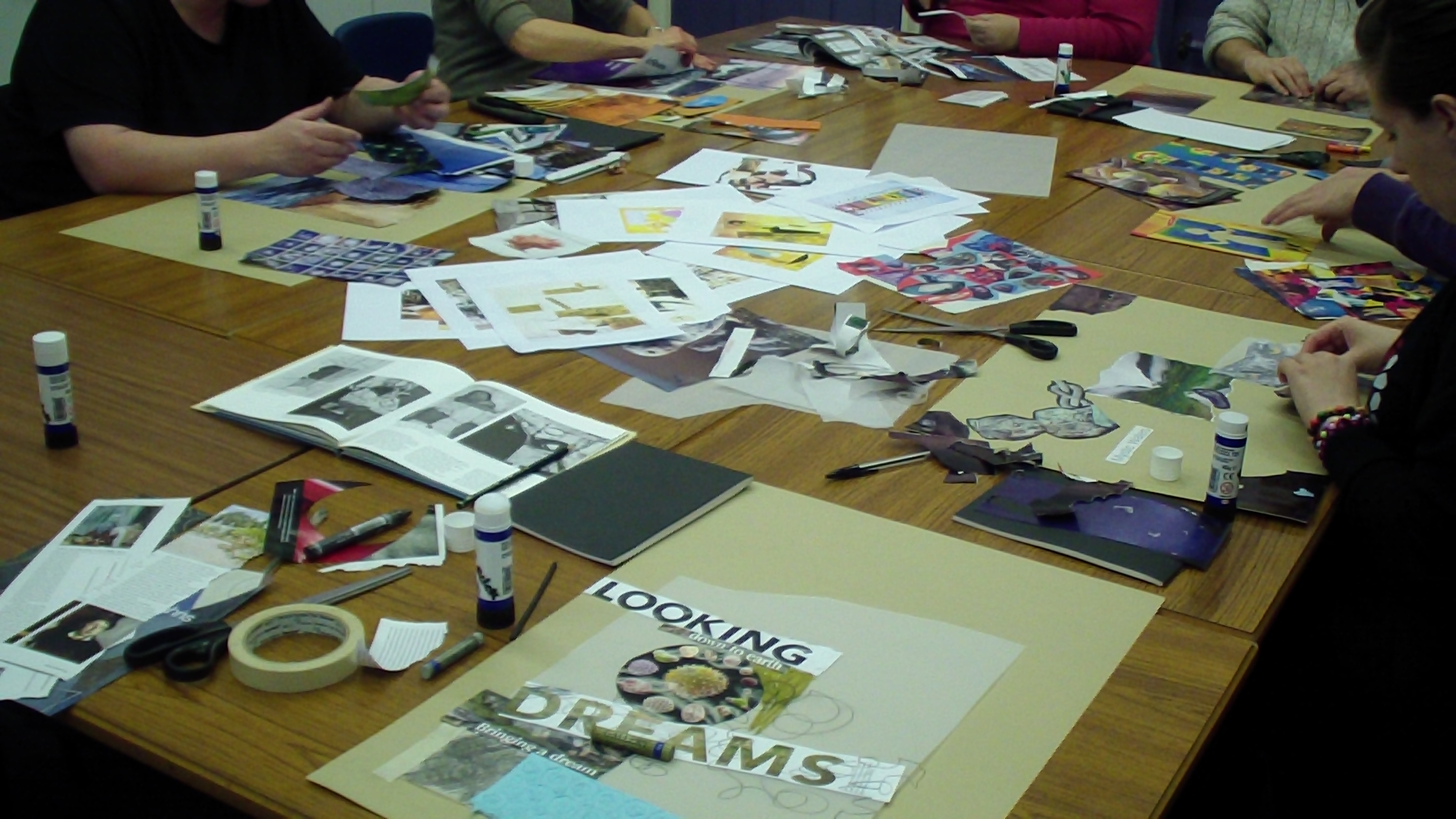
Find out more
- For more information on Arts on Prescription and other activities, visit the Arts and Minds website.
- For more information on looking after your own mental health visit the Mental Health Foundation website and the Mind website.
Thinking of running a heritage project?
- Greater wellbeing for people is an outcome projects can choose to achieve in our new Funding Framework, find out more on the Outcomes page.

